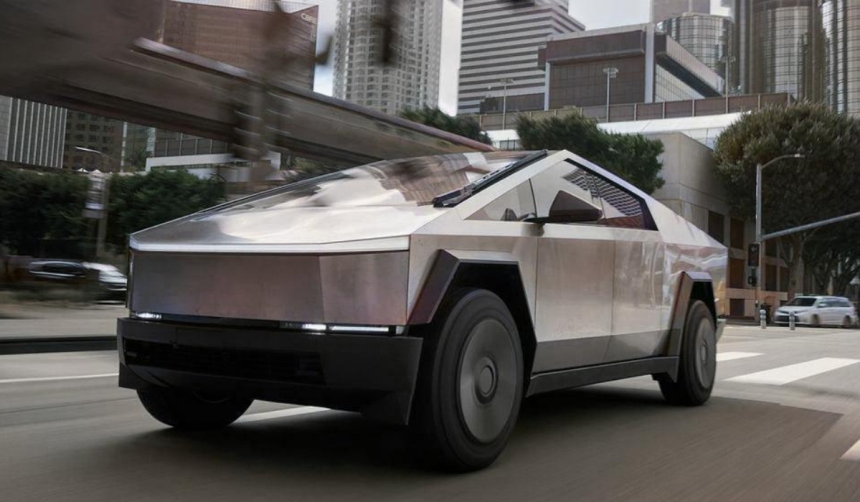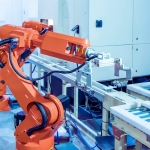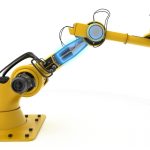Environmental activists escalated their protest against Tesla by targeting a Cybertruck at one of the company’s stores in Hamburg, Germany. This incident marks the latest in a series of acts against Tesla’s electric pickups and facilities, drawing significant attention to the ongoing tension between the automaker and environmental groups. The activists, wearing orange vests, threw paint on the vehicle and held up a sign to convey their message.
Protest and Vandalism
Footage of the event, shared on X, shows activists in orange vests splashing orange paint on the Cybertruck. They also displayed a sign reading “Gepanzert in die Katastrophe,” translating to “armored in the catastrophe,” highlighting their opposition to Tesla’s operations. This incident is part of a broader pattern of protests and vandalism directed at Tesla’s vehicles and facilities.
Elon Musk Responds
Elon Musk, Tesla’s CEO, acknowledged the incident on X. Responding to another user’s comment, Musk simply stated, “Absolutely.” His response underscores the growing frustration and challenges Tesla faces from activist groups. This incident follows a series of similar acts of vandalism and protest against the company in recent months.
Pattern of Attacks
Last month, a similar incident occurred in Fort Lauderdale, California, where several Tesla Cybertrucks were defaced with offensive graffiti. These acts of vandalism were promptly addressed, but they highlight the persistent opposition Tesla is facing. Additionally, during Tesla’s Cybertruck delivery event in November, the company received threats of a “mass casualty event,” later leading to the apprehension of the individual responsible.
Comparing this recent incident to past actions reveals a consistent pattern of targeted protests and vandalism against Tesla. Earlier this year, activists set fire to a power substation near Tesla’s Gigafactory in Grünheide, Germany, temporarily halting production. Other protests have included occupying forests and building treehouses to impede factory expansion. Such actions suggest a well-organized and persistent resistance against Tesla’s operations in Europe.
In another instance, around 1,000 protestors from the Disrupt Alliance group attempted to storm Giga Berlin, resulting in numerous arrests and injuries. These events indicate the intensity and scale of the opposition Tesla faces. While some protests have been peaceful, others have escalated to more aggressive and disruptive actions, reflecting the activists’ determination to challenge Tesla’s presence and practices.
Tesla continues to navigate these challenges as it expands its footprint and introduces new products like the Cybertruck. While the company’s innovative approach to electric vehicles garners significant attention, it also attracts criticism and opposition from various groups. This ongoing conflict underscores the broader societal debate surrounding environmental impact, corporate practices, and sustainable development.
Understanding the motivations and strategies of these activist groups can provide valuable insights into the future of environmental protests and corporate responses. As Tesla and other companies continue to evolve, the balancing act between innovation, sustainability, and public perception will remain a critical aspect of their operations. Stakeholders must consider both the potential benefits and the controversies that accompany such high-profile endeavors.










